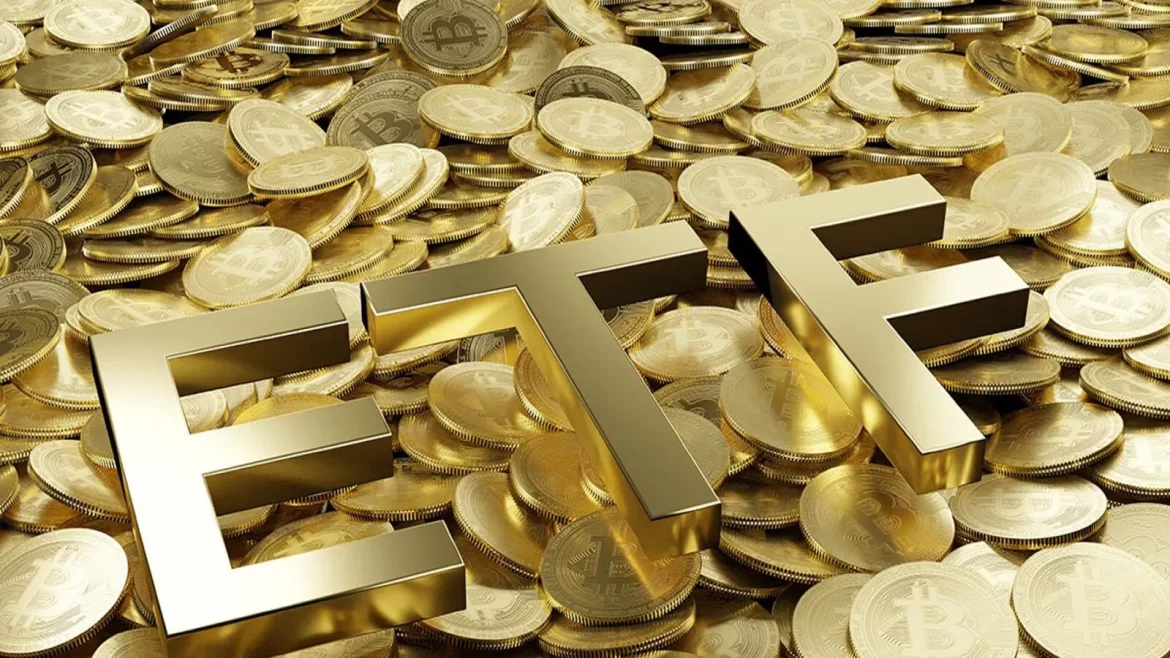In the dynamic world of investments, gold has maintained its allure as a timeless asset. Investors often seek stability and value retention, turning their attention to gold bars as a tangible form of wealth. If you’ve ever wondered about the cost of a 12kg gold bar, you’re not alone. In this article, we delve into the intricacies of gold bar pricing, exploring factors that influence costs and offering insights into the current trends in the global gold market.
1. Base Cost of Gold: Unraveling the Core Value
At the heart of the gold bar cost lies the intrinsic value of the precious metal itself. Gold prices are determined by various factors, with the most prominent being supply and demand dynamics in the global market. To understand the base cost of a 12kg gold bar, it’s crucial to monitor the prevailing gold prices, which can fluctuate due to geopolitical events, economic indicators, and shifts in investor sentiment.
Global Gold Market Trends: Tracking the pulse of the global gold
market is essential for investors and enthusiasts alike. Keep a close eye on market indicators such as the London Gold Fixing, COMEX gold futures, and the World Gold Council’s reports. These sources provide valuable insights into the current trends that can impact the cost of a 12kg gold bar.
Economic Indicators and Gold Prices: Explore the relationship between economic indicators and gold prices. Traditionally, gold has been considered a safe-haven asset during economic uncertainties. Understanding how factors like inflation, interest rates, and currency strength influence gold prices can give you a comprehensive view of the base cost of a 12kg gold bar.
2. Crafting the Bar: Artistry and Manufacturing Costs
Beyond the intrinsic value of gold, the crafting and manufacturing process also contribute to the overall cost of a 12kg gold bar. Gold bars are refined and shaped with precision, and these intricate processes come with their own set of expenses.
Refining and Purity Standards: Gold bars are subjected to rigorous refining processes to achieve the desired purity levels. The higher the purity, the more valuable the gold bar. Understanding the standards set by reputable refineries and mints is crucial when estimating the cost of a 12kg gold bar.
Design and Branding: Some gold bars bear unique designs or come from prestigious mints, adding a premium to their cost. Recognizable brands often carry a higher price tag, reflecting the craftsmanship and reputation associated with their products.
3. Logistics and Security: Safeguarding Your Investment
Once a gold bar is crafted, logistics and security play a pivotal role in determining its final cost. Shipping, insurance, and storage all contribute to the expenses associated with owning a 12kg gold bar.
Secure Storage Solutions: Storing a sizable gold bar requires robust security measures. Consider the costs associated with secure storage solutions, including vaults and insurance, to safeguard your investment.
Shipping and Transportation Fees: If you’re purchasing a 12kg gold bar from a different location, factor in shipping and transportation fees. Gold is a precious commodity, and ensuring its safe transit adds to the overall cost.
In conclusion, the cost of a 12kg gold bar is a multi-faceted consideration that goes beyond the current market price of gold. By delving into the factors influencing pricing, understanding the craftsmanship involved, and acknowledging the logistics of ownership, investors can make informed decisions about this unique and valuable investment opportunity. As the global gold market continues to evolve, staying informed and adaptable is key to unlocking the true value of a 12kg gold bar in today’s financial landscape.


